What flamenco offers
The opening ‘rhythm battle’ at Open Doors Academy’s International Festival with students and Alice Blumenfeld. Photo: https://drc.client-gallery.com/gallery/2021-oda-international-fest/images
Last week, as the culmination of a 5-session residency with ABREPASO flamenco through the Center for Arts Inspired Learning at Open Doors Academy, students performed two short flamenco dances.
I remember the first time I went into a school to teach flamenco - as an assistant teaching artist - I was there mostly to observe and learn. The school was an elementary school in Brownsville, NY, a neighborhood in New York City with the highest concentration of public housing in the whole country. To say the school system was failing the students would be an understatement. And yet, I watched Olyda - the lead teaching artist - use any and all resources she could muster to engage the students. I watched her try different tactics - sometimes successful and sometimes less so; I watched the classroom teachers offer no support; finally with the creative use of prop flowers the students began to work together.
You might think that students would be excited from the get-go to learn flamenco, especially students from lower-income schools who may not have opportunities to learn arts. Yet, it’s just the opposite in my experience. Students don’t want to participate. Teachers are tired of making them participate. There’s an underlying attitude of “What’s the point in all this?” They know the cards are stacked against them. I see my job as a way to show them that no matter what the odds, they can do it, they have worth, and being successful happens one step at a time.
As a teaching artist, you can go to all the professional development sessions and conferences you want to, learn dozens of engagement “tricks” and tools. But when you get into a less than ideal learning environment, most of those won’t serve you. At the end of the day it’s about building a rapport with the students, gaining their respect and trust.
The residency at ODA was no different. Of 36 students, 5 were interested in learning flamenco before I showed up. I did a demonstration the first day and had the whole group try out some footwork and palmas. I gained a couple more interested students.
Because of scheduling, Covid, lack of access to transportation, absences, I had a different group of students almost every session. And I worked with it. One day, none of the kids signed up to dance showed up. So, I made a ‘rhythm team’ to clap the beat for when the dancers did show up.
And one student, with attitude to spare and then some, would quit, start checking her phone, roll her eyes, talk down to other students trying to learn, and yet she had the best rhythm. I realized pretty quickly her attitude came from a lack of confidence and self-worth. I taught her a rhythm, and when she’d mess it up, she’d turn around, walk away, and say she couldn’t do it. I encouraged her, as did the program leaders. She eventually decided to keep trying. By the day of the show she kept asking me to practice the rhythm with her again and again.
The performance opened with the two of us in a “rhythm battle.” She did the rhythm perfectly and finally worked in some of that attitude I’d seen in class. The audience loved it! And I could tell she felt proud (though she wouldn’t show that in front of her peers).
I used to get frustrated when students weren’t engaged, that circumstances were less than ideal. I’ve since learned to work with what’s in front of me, drawing on my artistic resources and creativity rather than forcing something to happen. As a teaching artist, your resources are what the students bring to the table and I believe it’s your job to build with those, rather than force them into molds they’re not interested in. (On a side note, I think we can do work via policy and advocacy to help make learning environments more ideal).
The number of students in a room doesn’t matter to me anymore. It’s not about numbers (even if grant applications still think it is). It’s about transformation and quality. I believe the rehearsal process and performance transformed at least one student last week. I had to let go of my expectations and work with what was in front of me and we created something amazing together of which I couldn’t be more proud.
That’s what flamenco offers: transformation, confidence, empowerment, and resilience. There’s nowhere I’d rather be than in Cleveland sharing flamenco with students of all ages across the city.

